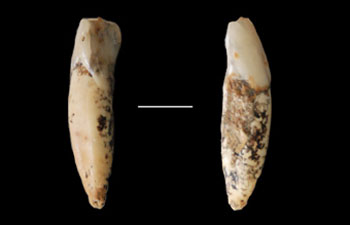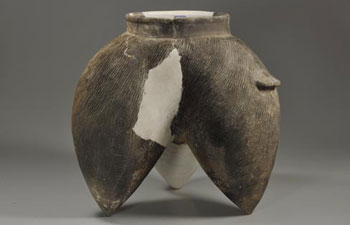China's top 10 archaeological discoveries of 2012
1. Sunjiadong Paleolithic Site
2. Shunshanji Neolithic Site
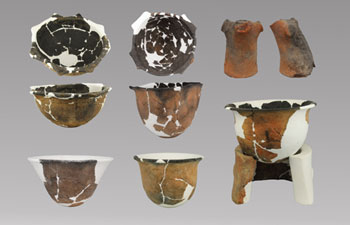 |
Name: Shunshanji Neolithic Site
Period: Neolithic Age (8,000 years ago)
Location: Sihong county, Jiangsu Province
Relics: A host of important historical remains and relics, including 92 Neolithic tombs |
| Significance: The discovery and excavation of the Shunshanji Neolithic Site is an archeological breakthrough that sheds light on the prehistoric cultural genealogy along the middle and lower reaches of the Huaihe River. It also offers opportunities to explore the cultural communication and integration among the eastern regions of China. The site went through three excavations in 2010, 2011 and 2012, with a total exaction area of 2,750 square meters. | |
3. Liujiazhai Neolithic Site
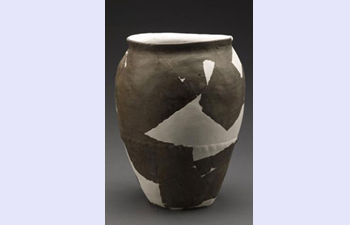 |
Name: Liujiazhai Neolithic Site
|
| Significance: Situated along the upper reaches of the Daduhe River in Sichuan Province, southwestern China, the Liujiazhai Neolithic Site offers new specimens for research on the spread of culture in the Hengduan Mountains. It also serves as a benchmark for establishing studies of Sichuan Neolithic archeology. | |
4. Shimao Ruins
5. Adunqiaolu Relic Site and Tombs
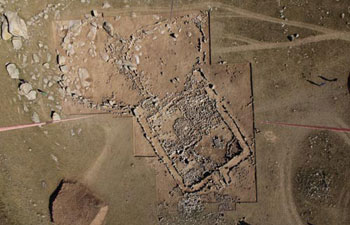 |
Name: Adunqiaolu Relic Site and Tombs Period: 1900 to 1700 BC Location: Wenquan county, Xinjiang Uyghur Autonomous Region Relics: Pottery pieces, stones, bronzes and gold-plated earrings |
| Significance: It establishes for the first time links in Xinjiang between ruins and tombs in the early Bronze Age, while offering material for the exploration of the development of ancient societies in the Eurasian steppes. | |
6. Lingshenghu Han Dynasty Tombs
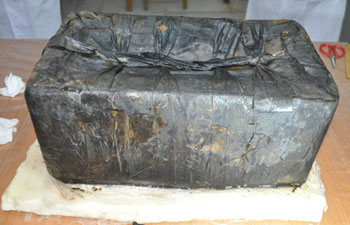 |
Name: Lingshenghu Han Dynasty Tombs Period: Han Dynasty (206BC–220AD) Location: Dingtao county, Shandong Province |
| Significance: It is the largest and best preserved tomb of its kind that features box-shaped cedar wood structures common in the imperial mausoleums of the Western Han Dynasty (206BC–25AD), making it a prime example of such tombs of the era. | |
7. Ancient Xing Kiln Site
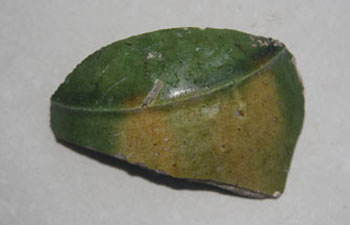 |
Name: Ancient Xing Kiln Site
Period: Sui Dynasty (581-618) to Yuan Dynasty (1279-1368)
Location: Neiqiu county, Hebei Province
Relics: 11 furnaces, 140 ash pits, 6 ash grooves, 34 wells, 22 tombs, 200,000 pieces of porcelain ware and Kiln furniture fragments. |
| Significance: It is a breakthrough discovery of the center of the ancient Xing Kiln Site as recorded in antiquity. | |
8. Xishanpo Buddhist Temple Ruins
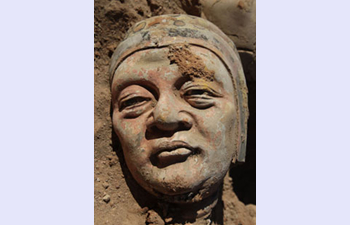 |
Name: Xishanpo Buddhist Temple Ruins Period: Liao (916-1125) Location: Inner Mongolia Autonomous Region Relics: Vividly colored and gilded clay sculptures |
| Significance: As the largest-scale excavation of the Liao cities, it offers significant material for the study of the archeology, history, Buddhism and the architecture of the Liao minority. | |
9. Site of the Old Drum Tower and Government Office
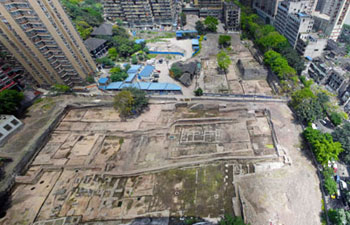 |
Name: Site of the Old Drum Tower and Government Office Period: Song Dynasty (960-1279) to the Republic of China (1912–1949) Location: Yuzhong district in Chongqing Relics: 261 historical remains including house sites, wells, roads, ash pits and 9,000-odd pieces (sets) of earthen ware, porcelain ware, coins and crucibles. |
| Significance: Standing witness to nearly the entire history of the city’s settlement, the site fills the major gaps in Chongqing’s urban archeology. | |
10. Hailongtun Site
